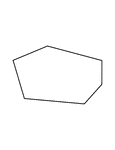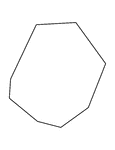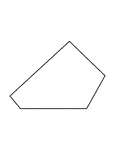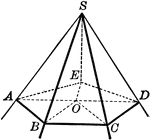
Convex Polyhedral Angle
Illustration of a convex polyhedral angle. "The sum of the face angles of any convex polyhedral angle…
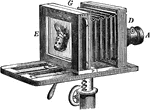
Bellows Camera
"The photographer's camera corresponds to the camera-obscura. A darkened box, adjustable in length,…
Convex Lens
"A modification of the simple kaleidoscope was introduced by Sir David Brewster, whereby the images…
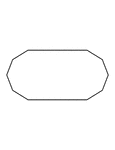
Irregular Convex Decagon
Illustration of an irregular convex decagon. This polygon has some symmetry.

Irregular Convex Decagon
Illustration of an irregular convex decagon. This polygon has some symmetry.
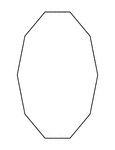
Irregular Convex Decagon
Illustration of an irregular convex decagon. This polygon has some symmetry.
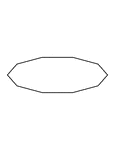
Irregular Convex Decagon
Illustration of an irregular convex decagon. This polygon has some symmetry.

Irregular Convex Decagon
Illustration of an irregular convex decagon. This polygon has some symmetry.
Diffraction
"Throw a sunbeam through a very small opening in the shutter of a darkened room. Receive the beam upon…
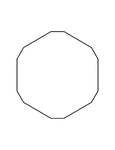
Irregular Convex Dodecagon
Illustration of an irregular convex dodecagon. This polygon has some symmetry.
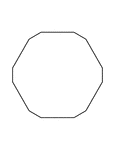
Irregular Convex Dodecagon
Illustration of an irregular convex dodecagon. This polygon has some symmetry.
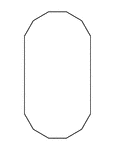
Irregular Convex Dodecagon
Illustration of an irregular convex dodecagon. This polygon has some symmetry.

Cornea too Convex on Eye
"If the cornea is too convex, or prominent, the image will be formed before it reaches the retina, for…
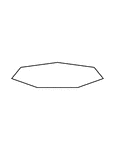
Irregular Convex Heptagon
Illustration of an irregular convex heptagon. This polygon has some symmetry.
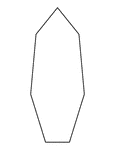
Irregular Convex Heptagon
Illustration of an irregular convex heptagon. This polygon has some symmetry.

Irregular Convex Heptagon
Illustration of an irregular convex heptagon. This polygon has some symmetry.
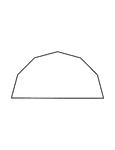
Irregular Convex Heptagon
Illustration of an irregular convex heptagon. This polygon has some symmetry.

Curved Image
"If the object a be placed obliquely before the convex mirror, then the converging rays from its two…

Lens
"A lens is a transparent body the two refracting surfaces of which are curved, or one of which is curved…

Achromatic Lens
"A double convex lens of crown-glass may be combined with a plano-convex lens of flint-glass so as to…
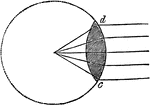
Double Convex Lens
"The shape of the double convex lens, d, c, is that of two plano-convex lenses, placed with their plane…

Double Convex Lens Magnifing an Arrow
"Double convex lenses are used in the eyeglasses for old people, becoming more spherical according to…

Double Convex Lens
"The double convex lens may be described as the part common to two spheres that intersect each other.…
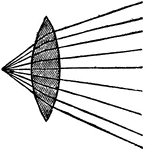
Converging Rays and a Double Convex Lens
"Thus the pencils of converging rays, are rendered still more convergent by their passage through the…

Diverging Rays from a Double Convex Lens
"If diverging rays fall on the surface of the same lens, they will, by refraction, be rendered less…
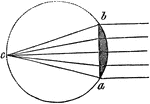
Plano Convex Lens
"If the whole circle be considered the circumfrence of a sphere, of which the plano-convex lens b, a,…

View of an Arrow Through a Plano Convex Lens
"View of an arrow through a plano convex lens will have the arrow appear smaller than it actually is."…

Magic Lantern
"Let a candle c, be placed on the inside of a box or tube, so that its light may pass through the plano-convex…

Compound Microscope
"This consists of two convex lenses, by one of which the image is formed within the tube of the instrument,…

Solar Microscope
"This consists of two lenses, one of which is called the condesner, because it is employed to concentrate…

Rays Diverging from Beyond the Center of Curvature on a Concave Mirror
"When the rays diverge from a point beyond the center of curvature, as B, the focus falls on the same…
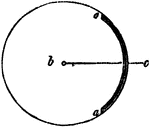
Convex Mirror
"A convex mirror is a part of a sphere, or globe, reflecting from the outside." -Comstock 1850
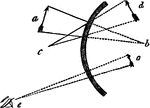
Object Diminished in Convex Mirror
"Hence the image of the object, when reflected from the convex mirror, appears smaller than the object…

Convex Mirror
"To explain this, let us suppose that the arrow a, is diminished by reflection from the convex surface,…
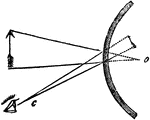
Convex Mirror
"...as the arrow is moved backwards, the angle at c, must be diminished, because the rays flowing from…
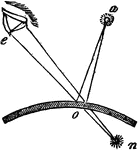
Convex Mirror
"Let us suppose that a, is a luminous point, from which a pencil of diverging rays falls upon a convex…
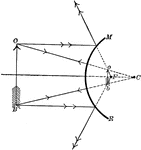
Convex Mirror
"A convex mirror is generally a part of the other surface of a spherical shell. It increases the divergence,…

Convex Mirror Reproducing an Image of an Arrow
"Rays from an object showing the reproduction of an image in a convex mirror." -Avery 1895
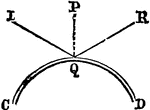
Convex Mirror
"A convex mirror reflects from a curved surface rounding out like the outside of an orange." —Quackenbos…

Reflection by Convex Mirrors
"Parallel rays strike the convex mirror, reflect, and diverge as if they had originated from a virtual…

Irregular Convex Nonagon
Illustration of a nonregular/irregular convex nonagon. A nonagon is a closed geometric figure with 9…

Irregular Convex Nonagon
Illustration of a nonregular/irregular convex nonagon. A nonagon is a closed geometric figure with 9…
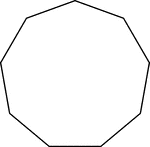
Regular Nonagon
Illustration of a regular nonagon. A nonagon is a closed geometric figure with 9 sides. A regular nonagon…

Irregular Convex Octagon
Illustration of an irregular convex octagon. This polygon has some symmetry.
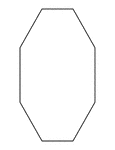
Irregular Convex Octagon
Illustration of an irregular convex octagon. This polygon has some symmetry.
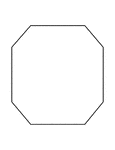
Irregular Convex Octagon
Illustration of an irregular convex octagon. This polygon has some symmetry.
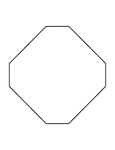
Irregular Convex Octagon
Illustration of an irregular convex octagon. This polygon has some symmetry.
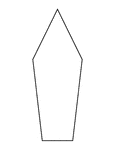
Irregular Convex Pentagon
Illustration of an irregular pentagon. This is also an example of a convex polygon with symmetry.
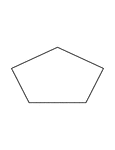
Irregular Convex Pentagon
Illustration of an irregular pentagon. This is also an example of a convex polygon with symmetry.
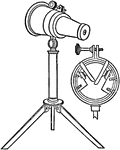
Polyangular Kaleidoscope
"Another form is called the polyangular kaleidoscope. The only essential difference in it is that the…
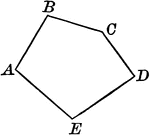
Convex Polygon
Illustration of a convex polygon. A polygon is convex when no side when produced will enter the polygon.
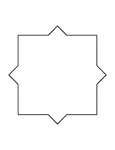
Irregular Convex Polygon
Illustration of an irregular convex polygon with 16 sides that has symmetry. It could be used to show…

Sound Refraction
"Fill with carbon dioxide a large rubber toy balloon or other double-convex lens having easily flexible…


